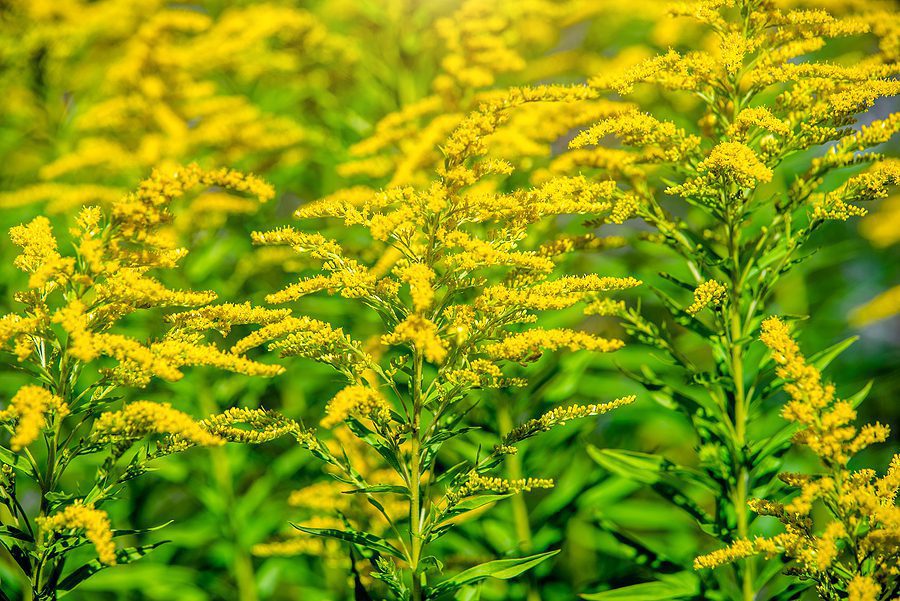The Guide on How to Transplant Perennials the Right Way Successfully

You can transplant perennials at any given time of the year. You just need to be aware of the basics to follow when replanting flowers. For example, you need to know how to dig up bulbs and move them to a new spot within your garden. Continue to read this article and we will share more details on how you will be able to transplant perennials accordingly.
What are the best flowering perennials in summer?
Plants develop and blossom throughout the year, pointing out our mistakes to us. We might be inaccurate by a few inches or many feet at times. But don’t live a life of regret. Then ask yourself, “Why didn’t I plant that here instead of there?” the next time. Just get started and solve the problem right now. I like to think of it as shovel-designing. Go ahead and arrange the vivid Asiatic lilies behind the serene blue campanulas or combine the pristine white Shasta daisies with the deep crimson rose.
You can transplant daylilies at any given time
Of course, you may wait until early spring or autumn, when the plants are just starting to develop, to move bulbs and perennials that have been misplaced. So why hold off? When most perennials are in blossom or even bloom, you may transplant them along with almost any bulb and anything with fibrous roots.
If at all possible, transplant on an overcast day to prevent the plant from losing moisture from the sun via its leaves for optimal results. If you must transplant in the late afternoon, don’t wait for the weather. In this manner, the plant won’t be stressed by a day of light and may start to settle in.
Water is the most essential item you’ll need for shovel design as you already have it. You will cut through some roots throughout the digging process, no matter how cautious you are. Roots are what provide the plant with water. The plant won’t be able to acquire enough water until they establish themselves in their new location, which will cause it to wither. The answer? Watering all the way through.
Dig the new hole before you move the plant
To ensure that the plant you wish to relocate is well-hydrated before you transplant it, start by giving it a healthy drink. Select the precise location for the plant. Make a hole; a shovel-blade deep and approximately 10 inches broad is an excellent place to start. Later, you may make changes.
After that, pour water into the hole and let it to absorb. Refill it and allow it to empty once again. Try it again after 20 minutes if the water still vanishes. It should be damp dirt, not muddy. This additional moisture makes sure that the soil around your transplant won’t take away its water.
You may now start the relocation process. Dig deeper and broader than you believe is necessary around the whole plant (or cluster of bulbs). Dig down at least 10 inches for bulbs. Perhaps you just need to dig down 6 to 8 inches for other perennials. I use a drain spade; I love how smaller and longer the blade is.
When you lift the root ball, eyeball its size. Reposition the plant with gentleness after that. Make sure the new hole is deep enough for the plant to sit at its former height and large enough for the roots to fit in. If so, excellent! If not, just replenish the bottom with dirt.
When moving the plant, the adage is “Handle with care.” Try to avoid breaking stems or removing buds and try to keep the soil around those roots as intact as possible. If the plant isn’t too large, just move it to the next hole with one hand while holding it on the shovel’s blade. Use a wheelbarrow for bigger plants. Turn the plant until you are happy that its best face is facing forward after sliding the root ball into the new hole. Backfill the hole with dirt, pressing it firmly.
Provide enough water after replanting the flowers
Before and after you transplant flowers, keep the hose close by. Let’s water some more! Refill the hole with water, but don’t let it empty first. Completely fill the hole with dirt, being careful not to press out all of the oxygen since roots need air just as much as water. For the first day or two, provide temporary shade to assist keep the plants from withering. Placing a lawn chair over the plant is a simple method to do this. Take a look at the top ten garden hose choices.
During the first week, picture your new transplant as a bouquet of cut flowers. It needs more water until the new root hairs firmly take hold, but if you give it too much, it could drown. Refrain from using the hose if puddles persist on the surface for more than a few minutes.
Even when you relocate a transplant during its busiest bloom, it’s surprising how fast it takes root. Your plant will seem to have been there for a very long time in the ideal spot in as little as two to three days.
